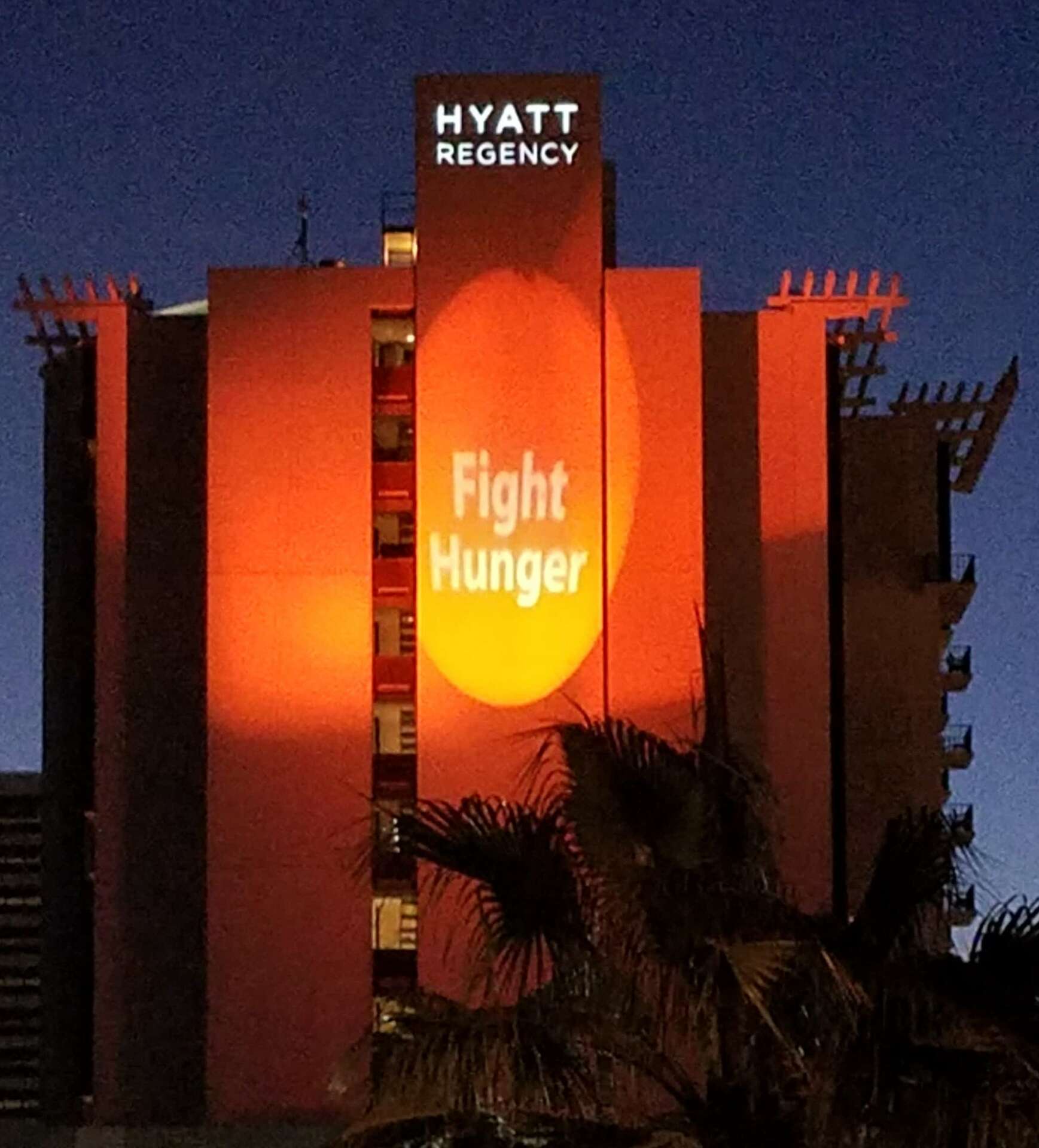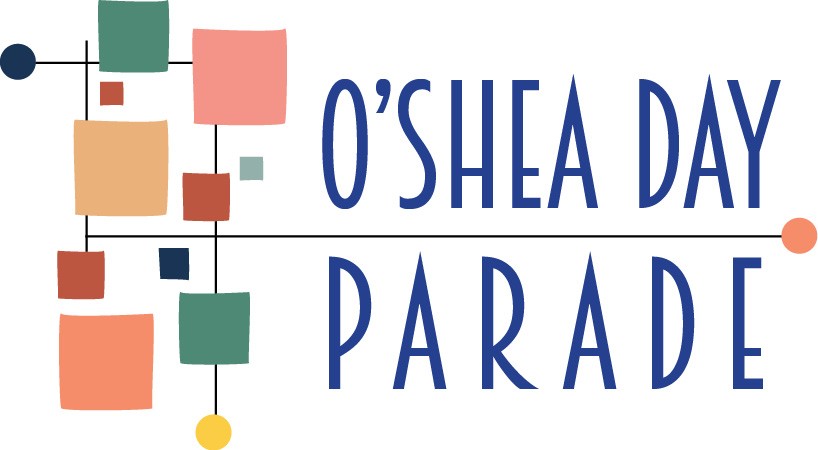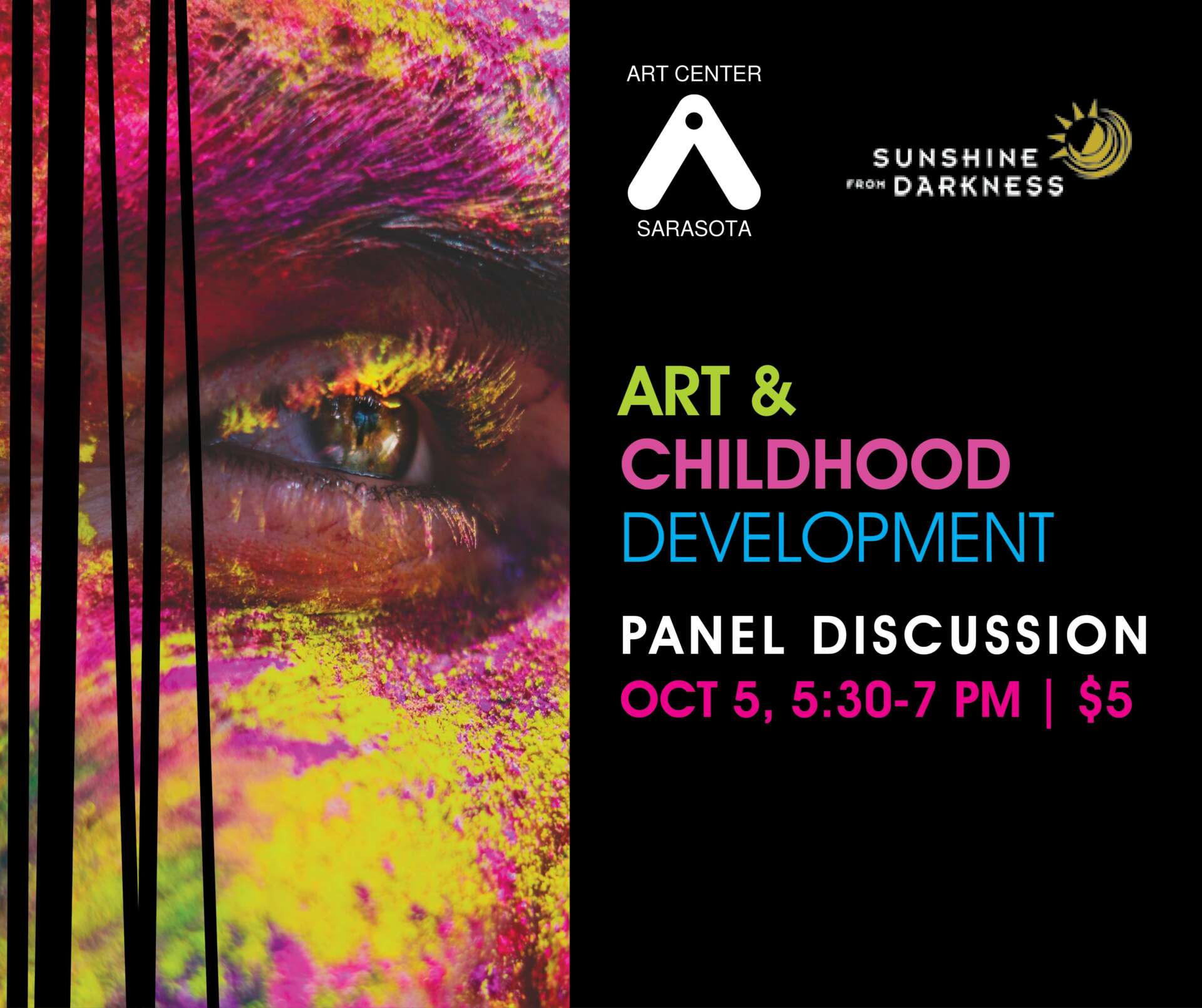We recently connected with Laura Coyle and have shared our conversation below.
Hi Laura, thanks for joining us today. Some of the most interesting parts of our journey emerge from areas where we believe something that most people in our industry do not – do you have something like that?
When Ugly Happens
As a graphic designer at a small marketing firm that creates print and online design, builds websites, and manages social media, great service guides everything we do. Our goal is to be so responsive that our clients feel that we are a part of their team, and our offices may as well be down the hall. I have also worked with designers when our in-house team needed support. This is when I promised I would never treat clients like they have no say in any of the design, or that I am too rigid or “drama artist” to vary my design whatsoever.
I started back when PageMaker was the industry standard for design software and no one had ever heard of WordPress, but I believe that change most often equals improvement. Having majored in marketing and design, the very basics of what defines good visual design is at the forefront of my work from concept to deliverables – no matter the platform. I embraced learning about the next best thing, fell in love with a program called “Freehand,” said goodbye as that faded away, saw Quark Express come and go, and now work daily in Adobe Creative Suites and several web platforms. Also, before every new project, I research trends, new design formats, cool fonts or color palettes, and never stop trying to learn.
Before I was a part of founding 342 Mad Solutions (MAD stands for Marketing And Design) I worked at several nonprofits and a couple successful agencies. My experience helps me avoid goofy mistakes yet work efficiently, and time has honed my design and people skills. Fortunately, it prepared me for the fight against ugly design. I am not sure if all industries face this, but it seems that people who shop think they are marketers, and people who like a certain color are designers. Now, here comes CANVA!
Many graphic designers feel contempt towards Canva because it means that it may negatively impact their livelihood, the work is not original, and a self-respecting designer would never use it. We decided once again to embrace it. To learn how it can enhance our relationships with our customers but not take away from our talents as designers.
There are so many wonderful user-friendly features available through Canva, and even though I prefer to create original art, many clients have it and want me to use it with them. This way, their staff can edit and update the templates they’ve asked for. It seems that with the professional looking templates already built in to Canva, it would be easy to stick to the basics of good design but sigh. Not so. However, as technology changes, so do I. If it is more convenient for the client, I will work in Canva and I too find it user friendly and some of the design is outstanding even if I don’t use it myself.
Too many Canva users are staffers with other jobs and after the exciting artistic glow wears off, they just don’t have the time. Receptionists, program directors, and even CEOs are using it and, as a head-shaking tradition since marketing began, want EVERYTHING to be important. Now, instead of the requests of not so many years ago, “make it bold, italicized, and all caps,” they can go crazy on their own with colors, graphics, and fonts, and branding is only something people do with cattle. Not to mention the goofy mistakes of forgetting to include details like where, when, what, etc.
I am not okay with ugly design and never have been. My niece and I have been trading examples of ugly design we have found in the wild for years. Even now, I have clients asking me to fill open space with clip art. Yes, really, clip art – and this is where I draw the line. But Canva? Canva is a tool that allows me to help my clients. I once gave a presentation about best design practices and using Canva. Yes, I cringed at the thought of telling people how to design without me – a graphic designer – but it turns out that many of them just didn’t have the interest and wanted a professional anyway; and now they know me.
What to do?
If I’m lucky, I get called in at the concept stage and I create three options. This way, I know that no matter which they pick, it will still look professionally designed. Fortunately, if I am asked to “fix” the design in Canva, I am able to clean it up and ensure that their branding is my guide. Most of the time, they love it. I have found that giving people a place to start, with options, is the best way to approach a project. Even though it takes more time, I am always ready to discuss the work, and really listen to their opinions and recommendations. Usually, I am able to provide alternatives to the too common “more is more” ideal that is most often the problem. Our company is fortunate that we have so many repeat customers and hear “You are so easy to work with” regularly. This is a win-win for the clients and our bottom line. It also means I am not putting ugly work out in the world that I would be embarrassed to call mine.


Awesome – so before we get into the rest of our questions, can you briefly introduce yourself to our readers.
Always an artist and realist, I found myself taking marketing and graphic design in college even though I wasn’t sure this was the right way to go. Without the people who took a chance on me, my career would have remained in the service industry – something that I had done since turning 15 years old. My first job in marketing was a wonderful experience and allowed me to move onward and upward. I worked mostly for nonprofit organizations and was usually the entire marketing department. I loved it. One of my interviews included an hours-long psychological career test and the results were that I should never look outside of marketing. As colleagues and I decided to start our own company, we committed to being as responsive as any other part of their regular staff members. Our team shrunk due to Covid and all the challenges that came with it, but we managed. These days we sit back and marvel at our success. It is not huge by any means, but it is exceptionally rewarding considering the fear we had when venturing away from the safety of a regular paycheck based on hours, not clients.


Let’s talk about resilience next – do you have a story you can share with us?
I rarely talk about my college years. It wasn’t the party or excitement or growth I expected. I was assaulted by a stranger on the street after my car broke down on my way home from work. I dropped out of college. It took me several attempts over years to finish. What I learned is that so, so many college woman faced this yet didn’t drop out. I would “borrow” that bravery and as I got stronger, it became mine. I was able to be more understanding, bolder, and secure that I had options, even if big plans or jobs didn’t work out. I am grateful to them.


We’d love to hear the story of how you built up your social media audience?
Take chances with social media without going crazy. I worked for a food bank so we had to be careful about the type of information we were putting out there. One day, a group from the local library donated some books that could be distributed with food. It turns out that they were all David Baldacci books! He is one of my favorite authors so I knew the content was good so I posted a photo of the group with the books and tagged David Baldacci – the post was shared and got thousands and thousands and thousands of views. So proud – if I had asked first, I would have been told not to!

Contact Info:
- Website: https://342mad.com


